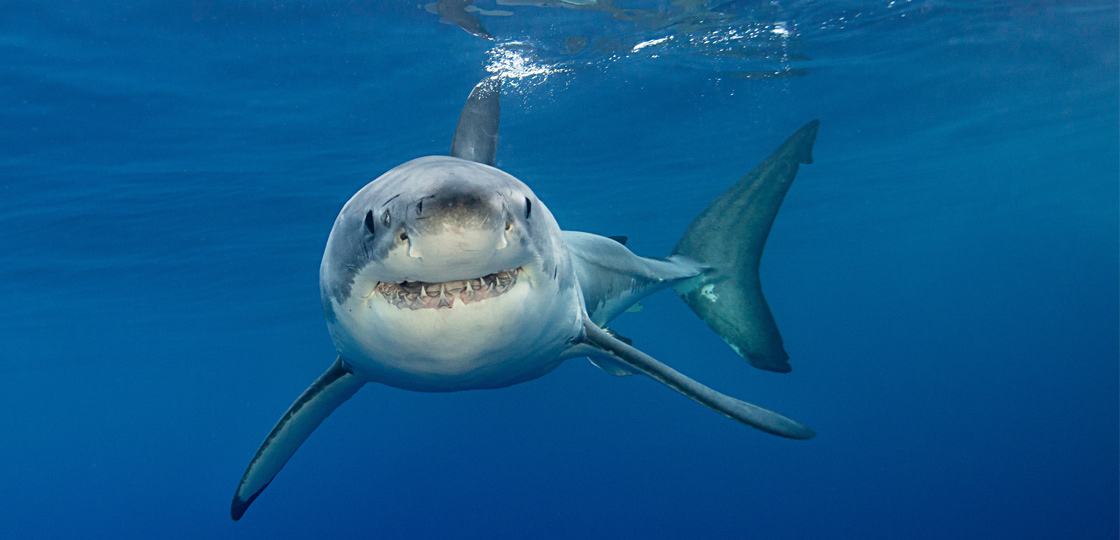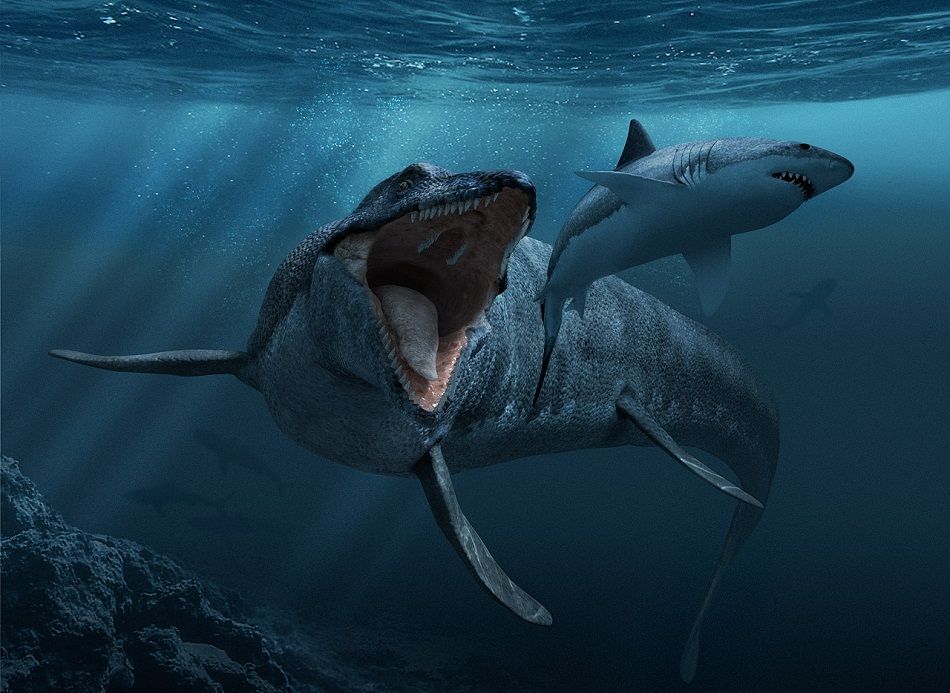shark

Sharks, along with rays and skis, form the sub-group Elasmobranchii of the Chondrichthyes. Sharks differ from other elasmobranchs, however, and resemble normal fish in the fusiform shape of their body and in the position of their gill clefts on the side of the head. Although there are exceptions, sharks usually have dull, dull gray skin and are scaly with tooth-like scales. They usually have muscular, asymmetrical, upturned tails; Pointed fins; And a pointed nose extending forward and above the mouth of the crescent with sharp triangular teeth. Sharks have no a swimming bladder and must swim forever to avoid sinking to the bottom. There are more than 530 species of live sharks that are routinely grouped into 14 to 30 families, according to various authorities. Many large species can be dangerous to humans.
Habits and description

Sharks vary in color from gray to cream, brown, yellow, pale or blue, and are often patterned with marble or oval dots. The most bizarre shark is the Sphyrna, whose head resembles a two-headed hammer and has eyes on each stem, and wobbegongs (Orectolobidae family) whose skin is similar in shape and color to the bottom. The sea. The language of the shark name indicates color in living species such as blue (Prionace glauca), white (Carcharodon carcharias; also known as the Great White Shark) and shark (Negaprion brevirostris).
The basking shark (Cetorhinus maximus) and The whale shark (Rhincodon typus), both of which can weigh tons, are harmless giants that live on plankton strained from the sea through modified rakers gill. Whale sharks can grow up to 18 meters (59 feet) in length, while sharks can grow up to 14 meters (46 feet) in full growth. All other sharks catch small sharks, squid, octopus, snails, other vertebrates and in some species litter. The largest of the predators is the 6-meter (20-foot) white shark, which attacks dolphins, dolphins, sea turtles, large fish, and sometimes humans. The slower Greenland shark (Somniosus microcephalus) of cold, deep water feeds on the seals of large fish and even swimming reindeer. They can also pick up whale carcasses.
Sharks usually feed on fish that often attack schools. Open-sea species such as the mackerel (lamna), the mackerel (ireus) and the shark (alopia) often feed near the surface and are often sought after with sticks and reels for sports. Clean and energetic swimmers, these open sea sharks specialize in raising tuna, mackerel and more. The species of sharks raised below are hard-headed and tend to slow down. The snail-eaters among them were as hard as a toothpick. Males introduce sperm into females using special copulatory organs derived from the pelvic fins. Babies in many species hatch from eggs in females and are born alive. Other species can lay eggs or feed their young in the womb with the placenta attached to the mother like a human. Some species can eat the flesh of their siblings before birth.
The origins of sharks are uncertain, but their geographical records date back at least to the Devonian period (419.2 million to 358.9 million years ago). Fossil-shaped sharks appeared in the Devonian Middle Ages and became the dominant vertebrates of the Carbon Age (358.9 million to 298.9 million years ago). Modern sharks appeared in the early Jurassic period (201.4 million to 174.7 million years ago) and by the Cretaceous period (145 million to 66 million years ago) extended into the present family. All in all, evolution has modified the physics of sharks very little, except to improve their feeding and swimming mechanisms. Shark teeth are highly diagnosed in both fossil and modern species.
The geographical range of sharks is not well known. Their extensive movement is related to reproductive activity or breeding or seasonal environmental changes. Labeling the return of the great shark off the east coast of the United States indicates regular movement between New Jersey and Florida, and the blue shark was rediscovered after crossing the South Atlantic Ocean. Squalus acanthias were recovered after traveling about 1,600 kilometers (1,000 miles) in 129 days. Advances in tracking technology include the use of satellite labels that continue to signal satellites orbiting the surface whenever the shark surface, and in that manner indicate north-south movement, trans-ocean movement and roaming, and so on. Migration patterns that are beginning to be understood for many species.



